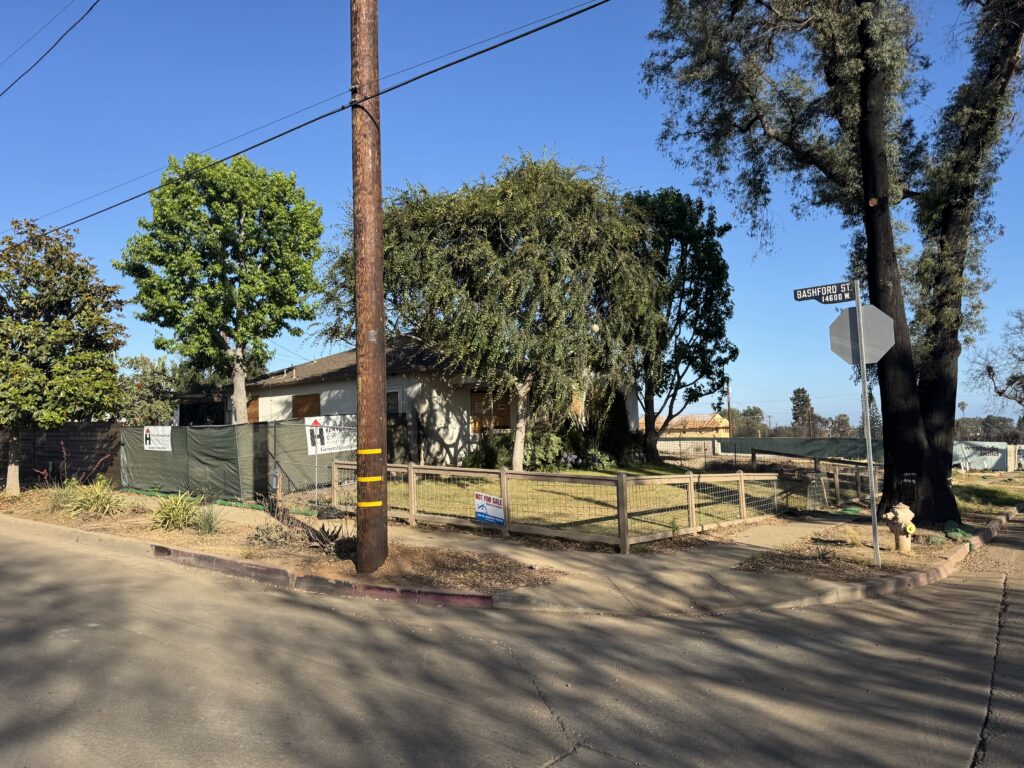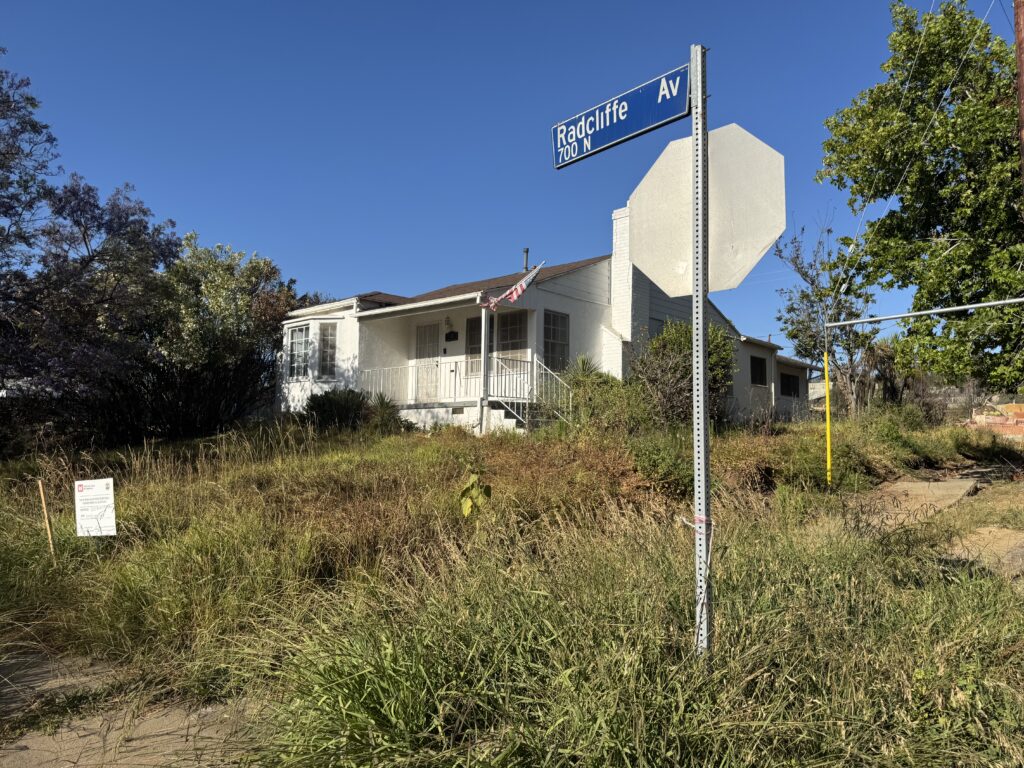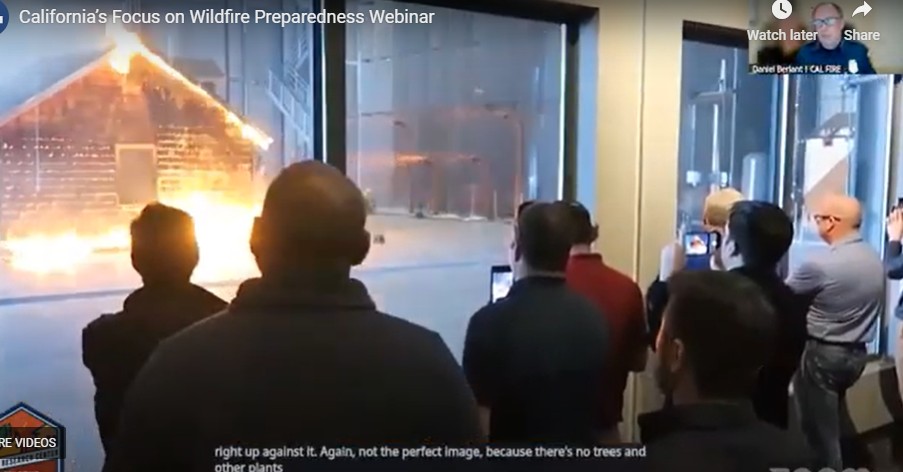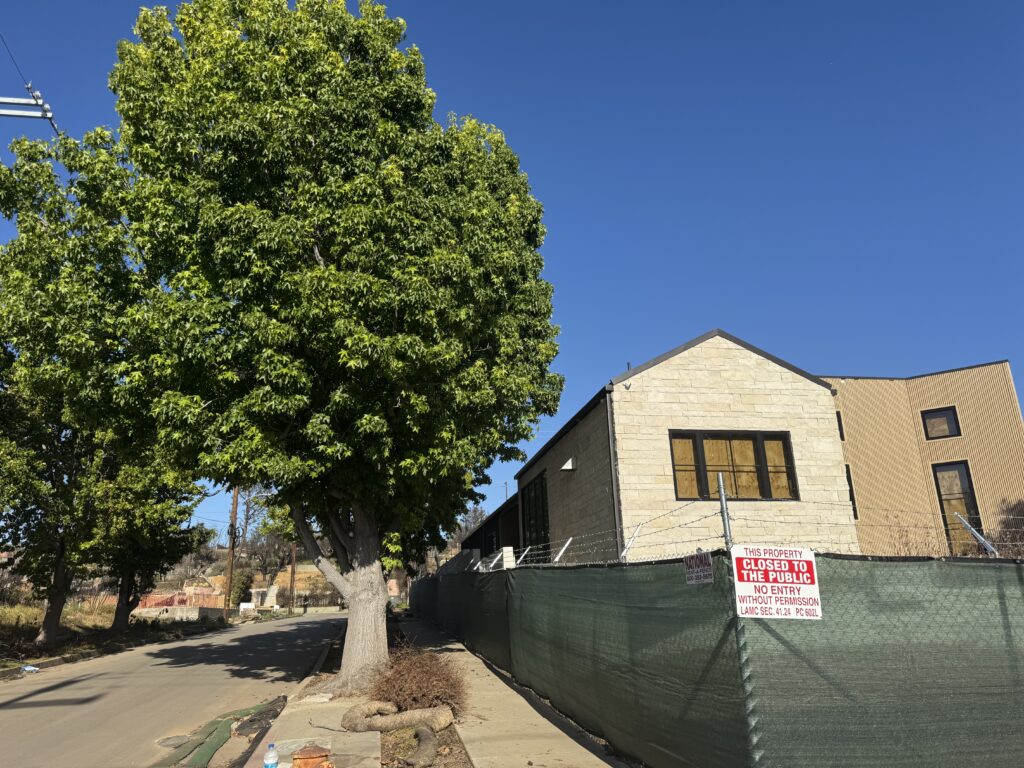A webinar “California’s Focus on Wildlife Preparedness,” was hosted by Assemblymember Jacqui Irwin on June 12. California State Fire Marshall Daniel Berlant focused on Zone Zero. (click here.)
Zone Zero is considered the first five feet from a structure and it is proposed that no vegetation be planted next to the house. It is felt that the structure ignition will be less likely because the embers in wildfires would not set the vegetation on fire, which would then ignite the house/structure.
In the video, a small structure is placed in a gym-like area and embers are shot out of flame throwers at the house. Some of the embers gathered at the base of the house and the conclusion?
“This is research based, this is one of the experiments. . .these are embers that are being produced in the laboratory,” Belant said. “You can see in this image the embers have accumulated within five feet of the home. Why not four feet, why not six feet “It’s science.”
He continued, “the theory of Zone Zero is not just a made-up, idea, it really a research science, field-tested.”
As a scientific experiment, this seemed to lack a real-life scenario. Trees and bushes surrounding the home might have prevented embers from reaching the base of the ground. It also showed an isolated home, not surrounded by others and the effects the wind, pushing embers from one home to the other.

This sole home in the Alphatbet Street, was ssurrounded by grass, tree and shrubbery but did not burn in the Palisades Fire.

This one-story home on Radcliffe, surrounded by greenery did not burn in the fire. Although interestingly enough it was set for demolition in December.
CTN reached out to Belant and he responded, “I completely understand how a 1-minute video can’t capture the full extent of the research, but below is a link to the Institute for Business and Home Safety on their related research: click here..
CTN visited that site and found other references.
In high density neighborhoods during a severe wildfire, extreme burning conditions lead to a higher number of structures burning. Once a few buildings ignite, a domino effect occurs, with fire spreading rapidly until the extreme burning conditions, usually driven by strong winds, diminish.
The main way fires spread is through wind-driven flames jumping from building to building. Most buildings are not designed to withstand intense exposure to flames, so once one catches fire, it adds more fuel to the flames, making it even more intense. To prevent this “domino effect”, it is vital to maintain proper spacing between buildings and ensure their resilience in the face of extreme fires.
In a 2018 Wildfire Research click here., This editor found the “technical report” about defensible space.
The experiment had differing wind speeds, but used wood cribs, which simulated “burning ornamental vegetation.” A series of test were conducted with wood mulch because “Wood mulch is commonly used for landscaping in the area immediately adjacent to homes. “
The experiment was set up: “A total of 60 cubic ft of hardwood, medium-chunk bark mulch was conditioned in a kiln for a week at 140°F and 4% relative humidity to achieve a moisture content less than 5%, representative of conditions in wildfire prone areas.”
The report concluded that after 174 tests, “With a 5-ft noncombustible zone, the temperature of the wall stayed below 200 degrees centigrade (ignition temperature), . . .confirming the current 0-5 ft. noncombustible zone recommendation.”
The problem with this experiment, it does not take into account the moisture or the type of plants – or that embers may have been stopped by other buildings or hedges. The laboratory experiment does not take into variables.
Another example was sent to CTN today, but as you watch it, note, the same problems. The structure with plants next to it has a wood fence. CTN asked if the mulch had been put in a kiln, too and asked if the plants were fire resistant. If there’s a response, the story will be updated. click here.
During the webinar, a constituent said the U.S. Forest Service had just put out information that the loss of structures in wildfires can be reduced by the presence of vegetation with high water content near the structure. That healthy, hydrated vegetation mitigates the risk and protects the structure.
“Not in line with the research we’ve done,” Berlant, who said that he had heard the reports, but they were anecdotal. “Our studies are researched based.”
L.A. County Forestry Division Chief Ron Durbin, who was one of the panelists at the webinar said, “We like to see the preservation of trees because there is some science of the ember catching of trees. We would do everything we can to keep the trees in place.” He also mentioned the benefit of the passive heating and cooling that trees produce.




Rather than damn ALL vegetation and ALL trees I suggest, respectably, that Mr. Belant listen to the Dept of Forestry, look at REAL LIFE evidence of houses saved by trees and vegetation, usually well irrigated. Coastal Live Oaks are particularly effective as they burn inside when they catch fire and their leaves carry a lot of moisture which when confronted with the heat of a fire can bring the humidity levels up considerably. I am not a scientist but I have been trying to learn all that I can how to make good use of what I can to safeguard my house.